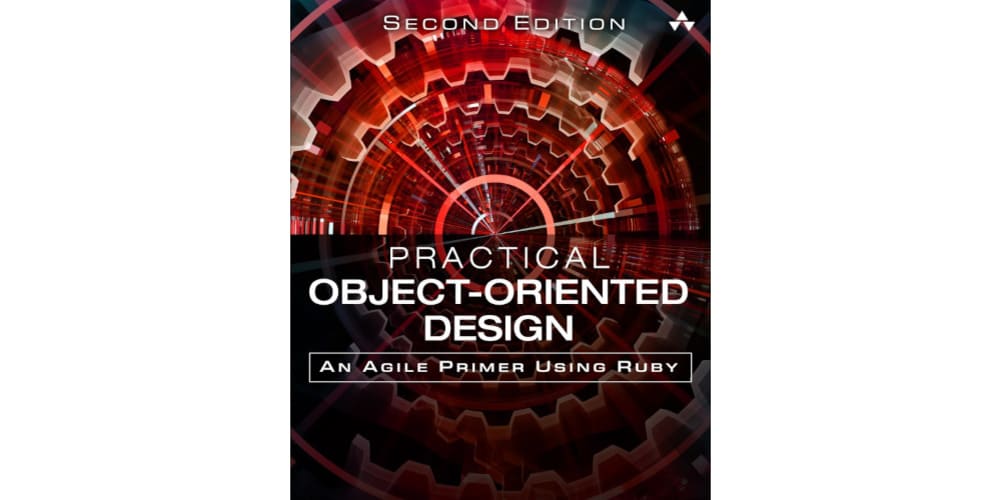
When launching a startup, one of the most crucial steps is developing a Minimum Viable Product (MVP). The MVP helps validate your business idea with the least amount of effort and investment.
Prioritizing features effectively is essential to ensure that your MVP addresses the core needs of your target audience while remaining manageable and cost-effective. Here’s a strategic approach to help you prioritize features in your MVP.
1. Understand Your Core Value Proposition
Before diving into feature prioritization, it's vital to have a clear understanding of your core value proposition. This is the primary benefit your MVP will deliver to users.
Define the Problem: Identify the specific problem your MVP aims to solve.
Identify Target Users: Understand who will benefit from your solution and their primary needs.
A well-defined core value proposition will guide you in selecting features that are critical to delivering this value.
2. Gather and Analyze User Feedback
User feedback is a valuable resource for feature prioritization. Conduct surveys, interviews, or focus groups with potential users to gather insights about their needs and preferences.
Surveys and Interviews: Ask direct questions about which features users find most valuable.
Competitor Analysis: Review similar products to understand what features are popular and what might be missing.
Analyzing this feedback will help you focus on features that will have the most significant impact.
3. Create a Feature List
Compile a comprehensive list of features that you believe are important for your MVP. Include both core and additional features:
Core Features: These are essential for the MVP to fulfill its primary purpose.
Additional Features: These enhance the product but are not critical for its initial launch.
List all potential features, then categorize them based on their importance and impact.
4. Use the MoSCoW Method
The MoSCoW method is a popular prioritization technique that helps in categorizing features into four groups:
Must-Have: Essential features that are critical for the MVP’s functionality.
Should-Have: Important but not critical for initial launch; can be added later.
Could-Have: Nice-to-have features that add value but are not necessary.
Won’t-Have: Features that are not required in the current phase.
Apply this method to your feature list to systematically prioritize what needs to be included in the MVP.
5. Assess Business Impact and Effort
Evaluate each feature based on its potential business impact and the effort required to develop it.
Business Impact: Consider how the feature contributes to the MVP’s core value and its potential to attract users.
Development Effort: Assess the resources, time, and cost required to implement the feature.
Balancing business impact with development effort helps in prioritizing features that offer the best return on investment.
6. Create a Feature Roadmap
A feature roadmap provides a timeline for the development of your MVP. This roadmap should include:
Short-Term Goals: Immediate features required for the MVP launch.
Long-Term Goals: Features planned for future updates based on user feedback and market demand.
A well-defined roadmap ensures that you stay focused on essential features while planning for future enhancements.
7. Leverage MVP Development Services
Working with professionals who offer MVP development services can significantly streamline the prioritization and development process.
These experts bring experience and insights that can help in making informed decisions about feature prioritization. They can also assist in refining your feature list and ensuring that the MVP is developed efficiently and effectively.
8. Continuously Iterate Based on Feedback
Once your MVP is launched, gather user feedback to evaluate the effectiveness of the features.
Monitor User Engagement: Track how users interact with different features.
Collect Feedback: Solicit user opinions on what’s working and what needs improvement.
Use this feedback to iterate on your MVP, adjusting feature priorities as necessary to better meet user needs and improve overall functionality.
Conclusion
Prioritizing features in your MVP is a strategic process that involves understanding your core value proposition, analyzing user feedback, and balancing business impact with development effort.
By following a structured approach and leveraging MVP development services, you can create a product that effectively addresses the core needs of your target audience while setting the stage for future growth.
Remember, the goal of an MVP is to validate your business idea and provide valuable insights for further development, so focus on delivering essential features and iterating based on real user feedback.


















